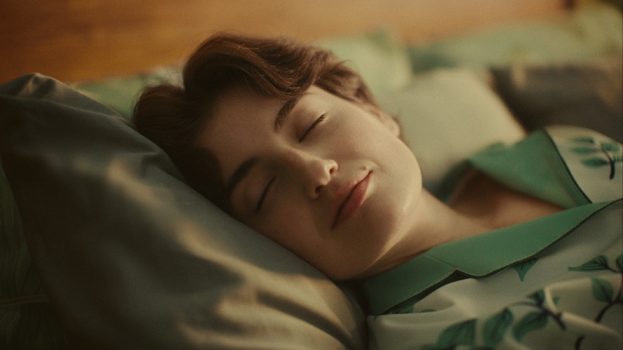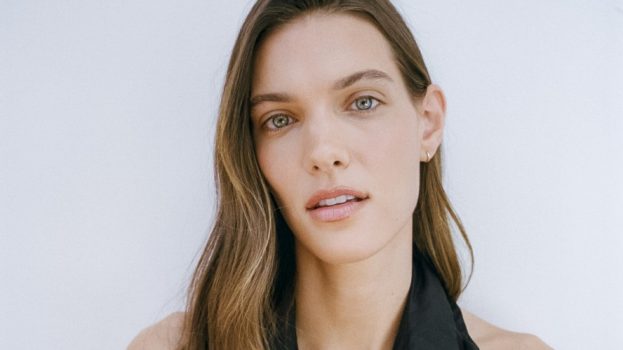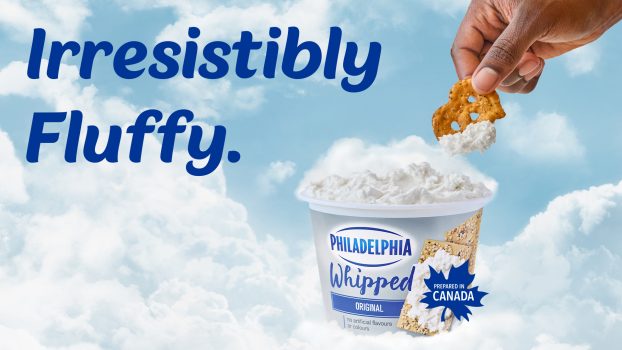This summer, Switzerland-based industry giants L’Oréal and Nestlé announced the launch of a joint effort to design and produce foods that enhance skin, hair and nails. The resulting ‘beauty foods’ are expected to appear on European shelves early next year.
They aren’t entirely in new territory. Nutritional supplements to enhance beauty have been available in pill form for some time. This does, however, mark a huge leap forward for the previously obscure category.
Because the product benefits are cosmetic, and not nutritional, distribution is likely to follow channels already used by L’Oréal. L’Oréal will also drive most of the marketing.
One can only imagine what the resulting foods will look, feel and taste like, but Strategy decided to weigh in anyway. We sought the advice of marketing, branding and public relations experts on how to introduce this brave new category into an ugly marketplace.
Alvin Wasserman, president, CD,
Wasserman & Partners
Vancouver, B.C.
These guys are on to a good thing. People want more out of life and their expectations of food are enough to fill quite a few corporate cupboards. Food is being used as an escape and as a reward. So eating your way to a better look is a delicious thought. The desire for new foods with new promise is super sized. In 1994 70% of woman believed that food met their nutritional needs. That has changed – big time – and in 2000 that number fell to 46%. Women are hungry out there, so they are the target. Higher educated women are best as they are quickest to make the food/body/spirit link and they have money to back it.
The question is, of course, will smart women believe that food can affect looks? Well they already believe that food affects health. In fact, 86% believe that certain foods are effective in preventing diseases and health problems. The potential can be seen in a little known but huge business called nutraceuticals. These are additives that purportedly enhance the nutritional benefits of food. When you weren’t looking it turned into a $42-billion-a-year industry.
The largest hurdle to overcome is [people’s disbelief that] an industry known for smelly, allergy-causing, animal-tested cosmetics could make healthy products that you would actually ingest. Or that a company known for skin-damaging food products (sugar, chocolate, etc) can be in the beauty business.
It’s not impossible – there may be some similar case studies, such as toxic fertilizer companies making cancer drugs (although this is probably not that well known by the general public), or a bleach company owning a hugely popular salad dressing line (Borax and its Hidden Valley Ranch).
Taste may not be much of a hurdle either. The ‘if it’s good for you it might taste pretty bad’ example has been set by broccoli and Buckley’s, has it not? And if you go way back to Egyptian times it is rumoured that the secret to Cleopatra’s silky skin was none other than fresh sperm ingested orally. It certainly would have made her soldiers feel dashing.
(Stats are for the U.S. and supplied by Yankelovich Partners in Norwalk, Conn.)
Chris Campbell, CD, Interbrand Tudhope
Toronto, Ont.
The first thing you’d do is start sponsoring events, like fashion shows. Just building credibility. You get into the cult of celebrity. You’d want to see some model drinking the product on FashionTelevision. Then you want to get into the Hollywood crowd, product placement. You’d want to get in the water bars in the hotel rooms.
The other thing is you’d have to get in with the editors of Vogue and build the interest before you went to broadcast advertising. For a new category, you need some buzz and hype first.
If it goes into the food category as a food with cosmetic benefits, then you’d want to create a whole family of products under one brand that embraces the mind, body and spirit philosophy.
There are already a couple of brands out there doing a good job of embracing this, like Kellogg’s and, oddly, Becel, which is ‘taking your health to heart.’ The advertising that exists around those two products is already much more about the lifestyle than about the products, and those brands could easily stretch into new product categories just because they’re so well established.
Nancy Croitoru, president, CGI Group
Toronto, Ont.
From a PR standpoint, the first thing you have to do is support the claim.
We’d have to build scientific data or what we call ‘credentiala,’ as they do in the pharmaceutical market. Then we’d need to identify a respected expert who could speak to that, either a dermatologist or a cosmetician. You’ve got to pack the science and the support because journalists are going to raise questions.
Next you have to find out who you’re targeting and what barriers to acceptance might exist. In Europe they ingest more products than what is acceptable in North America. I wonder if you’d have customer nervousness about buying a product from a cosmetic counter that you’d have to consume.
Alison Simpson,
president, Enterprise Creative Selling
Toronto, Ont.
The primary audience should be image conscious but time deprived women. These women are open to new ways and any shortcuts they can find to look good. They’re already familiar with ingesting food and/or supplements for beauty reasons, so they’ll be open to the idea that what you eat impacts how you look (i.e. protein bars, vitamin E for skin, water, etc.).
These products can fit into any busy day and deliver the benefits of a spa visit when time doesn’t allow them to get to the spa. The aging baby boomer generation is key as well, since they’re determined to look much more desirable in their old age than their parents did. People lining up for Botox injections and cosmetic surgery represent another opportunity, since the products could offer a less invasive, more affordable and more convenient way to deliver the same benefits.
In order for these products to succeed, the calorie and fat count must be very low. The products will also need to deliver on taste…beauty alone isn’t enough. People will also need to be assured beyond a shadow of a doubt that there are no long-term side effects to these products.
The ideal product would leverage Nestlé’s chocolate credentials with L’Oréal’s beauty credentials and create a chocolate beauty bar that helps you look good. Instead of having to suffer to be beautiful, women can now enjoy the ultimate sweet revenge…a beauty bar that combines our desire to be beautiful with our passion for chocolate. I know I’d line up for that product!!






















